Rhythm Division – the (140 bpm) heart of grime
Before grime went global it needed a home, and that home was Rhythm Division of Bow, East London. From Wiley to Skepta, everyone went there. Everyone.
Ask anyone in the grime scene about Rhythm Division and odds are you’ll get an outpouring of beloved memories. During the mid-noughties the bright blue record shop on Roman Road was the spiritual home of grime, a base for MCs, DJs, producers, and filmmakers to hone their craft as they prepared to take on the world.
There are plenty of details that can be listed about Rhythm Division. It was located at 391 Roman Road (now Zealand Road Coffee Shop), it was bright blue inside and out, its walls were covered with white label vinyls, and it closed in 2010. But to really understand what it was and what it meant, you need to hear from the people who lived it.
More than a record shop
‘It was one of the grime scene hubs,’ says Roony Keefe, aka Risky Roadz, who documented much of the grime scene during its early years, and continues to to this day. ‘I think without Rhythm the scene would be very different now. It was more than just a record shop, it was where everyone congregated and spoke about ideas and what they was gonna do. It was way more than just a shop. The place is special.’
Keefe bought records from Rhythm Division when he was at school, and during college he got a Saturday job there. It was then that he and Sparky, the shop manager, started the Risky Roadz project, to put a face to the voices lighting up the pirate airways.
‘There was pirate radio, so you heard voices but didn’t know what everyone looked like. Rhythm Division was like the window to seeing the people. That’s what gave me the idea initially to start filming.’
Watch any Risky Roadz video and odds are you’ll see Rhythm Division in the background at some point. We met at Zealand Road Coffee Shop, which succeeded Rhythm Division, and as we spoke he remembered glimpses of how the space used to be. He remembers iron grating on the door, a little step on the left as you walked in that was covered with flyers, stickers on the walls. A playstation, music, turntables.
All the major players in grime passed through Rhythm Division. On any given day Wiley, Skepta, or Dizzee Rascal would drop by to drop off new material and listen to the latest mixtapes. DJ Target, a member of the Roll Deep grime crew since 2002, remembers the buzz around Rhythm Division during grime’s early years.
‘’Big Mark’ was the owner – a super cool guy, really laid-back and chilled. He had Sparky, Winston, Hermit and Daniel Ward working there at the time and I got along with all four which meant I had no problem getting my hands on the latest releases and promo copies. There was a real buzz about the shop, with DJs and producers passing through to drop off new material. Especially on Sundays it was always packed.’
A common theme when talking to people about Rhythm Division is that it was more than a record shop. It was a community hub, a youth centre, a place for hungry creatives to come together and share in a common passion.
That sense of support is what sticks out for Lady Shocker, who was an original member of Mucky Wolfpack and now a leading voice in the Girls of Grime movement. ‘The best thing about it was that even if they didn’t know you, you could take your stuff there and they would sell it,’ she says. ‘They would put it up for sale. Your mix, your vinyls, whatever. They were really supporting the underground scene.’
It was the default place to go. ‘If there was nothing to do you would just walk down to Rhythm Division and you would literally see MCs rolling in there, doing sets in there.
‘For a little while Rhythm Division was the heart of grime. Everyone went there. Everyone.’
Villain, a Bow based artist who also made his start in Mucky Wolf Pack, remembers fifteen youths running the length of Roman Road to watch filming sessions for Risky Roads 2. ‘The whole of the grime scene was based at Rhythm Division,’ he says. ‘You had record shops all over but people came from across London to go there.
‘You could always see your MCs, Wiley, Dizzee, Skepta, anyone who was anyone passed through Rhythm Division.
‘That was heaven.’
Wiley himself, the godfather of grime, says the culture around Rhythm Division was essential to the development of the genre’s breakout artists. ‘Roman Road was so lively because it had that street market culture, every Tuesday, Thursday and Saturday – it was the nurturer, it all has something to do with the Dizzees and Wileys coming through.’
Rhythm Division closed in 2010, and though it is sorely missed its legacy lives on. It has found a spiritual successor of sorts in the form of Cafe East just down the road. MCs go there now, though usually for brunch rather than mixtapes.
‘Rhythm Division was like the HMV for that era of music,’ says Mustafa Has, co-owner of Cafe East. White label vinyls bought from Rhythm Division hang from the walls, with plenty more stores downstairs. New and old favourites are played through the speakers throughout the day. ‘We have tried to relive that cool, urban, musical vibe.’
Had it been an option Has would have loved to set up the cafe at 391 Roman Road. ‘That would have made it even more special.’
Rhythm Division also modelled a creative, community-oriented approach to the high street. ‘It was also an inspiration as a business to go in there and see what these guys were doing,’ Has says. ‘They had their logo, the model. There was a lot of creative inspiration I got from there.’
Homecoming
On 16 November 2016, Risky Roadz, Frisco, Mercston, President T, Jamakabi, Elf Kid, Chip, Devlin, Discarda, Tinchy Stryder, Sir Spyro, Ghetts, Nasty Jack, Mak 10, Sharky Major, Armour, Fuda Guy, Novelist, Safone, Teddy Music, Deadly, Skepta, 50 Large, and more gathered for one final Rhythm Division set at what is now Zealand Road Cafe.
It was part of the Channel 4 documentary Pirate Mentality, and Risky Roadz thought it was the right place to go. Coffee tables were pushed aside and grime went home one last time. ‘Without Rhythm Division I wouldn’t be doing the filming and the videos, and be involved in the grime scene,’ says Keefe, ‘so that was my thank you in a way.’
If this article tried to gather all the love for Rhythm Division it would have to be released as a series of books. It means that much to that many people. Before grime went global it needed a home, and that home was Rhythm Division.
Some of those who passed through its hallowed hall have gone on to conquer the charts – the Skeptas, the Wileys, the Tinchy Stryders. Others now juggle their creative work around jobs and families. Whatever they went on to do, there’s a universal sense of having shared in something special. The beauty of a place like Rhythm Division is that it was never about the place at all; it was about the people.
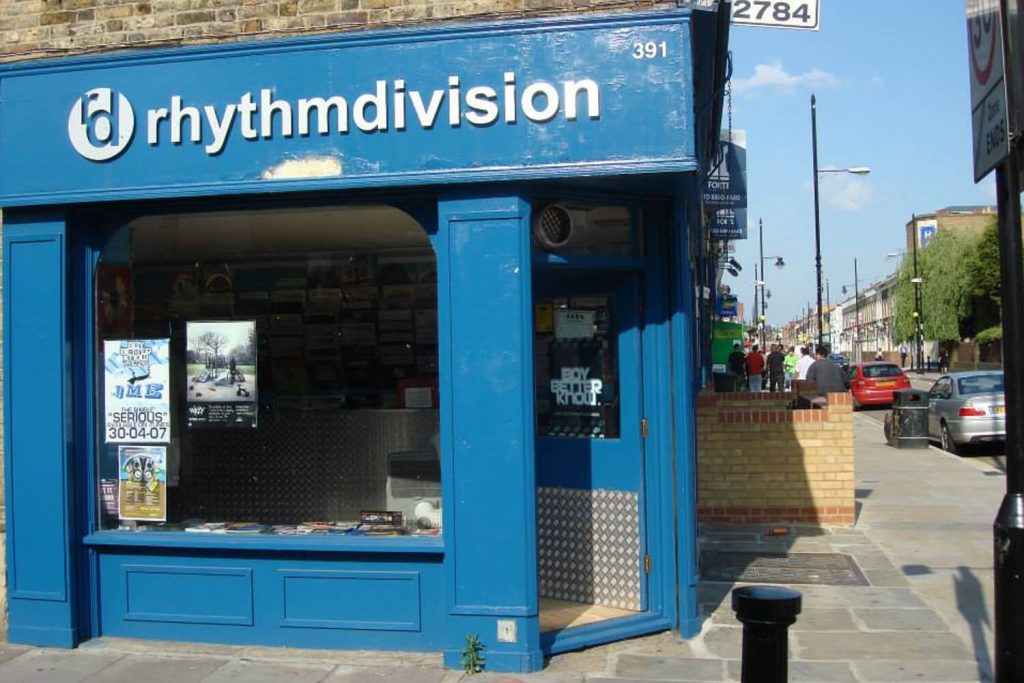

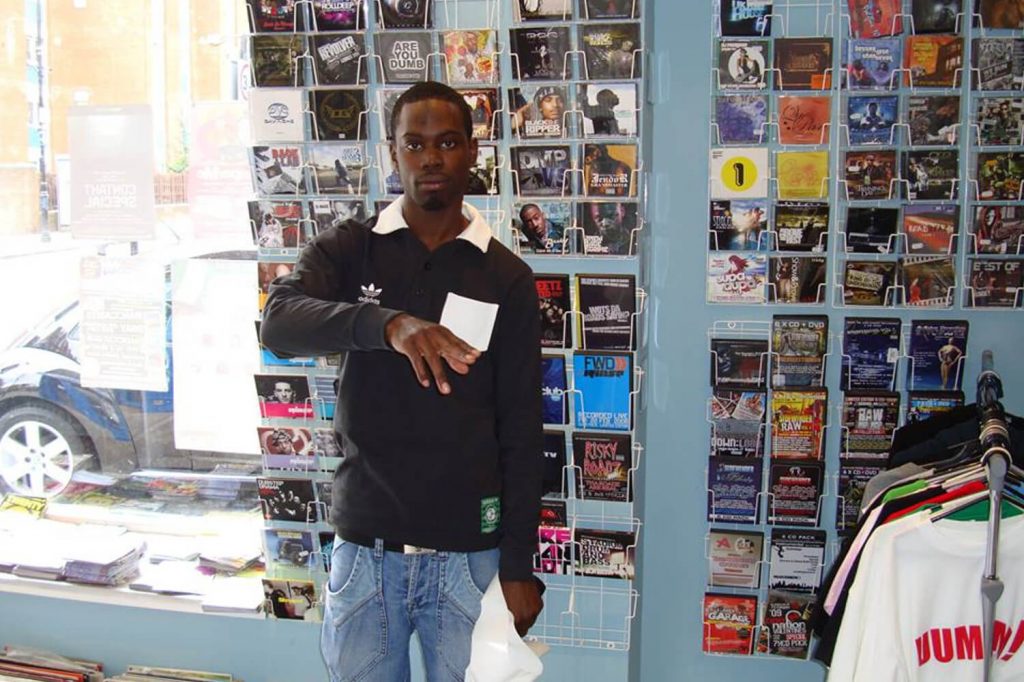
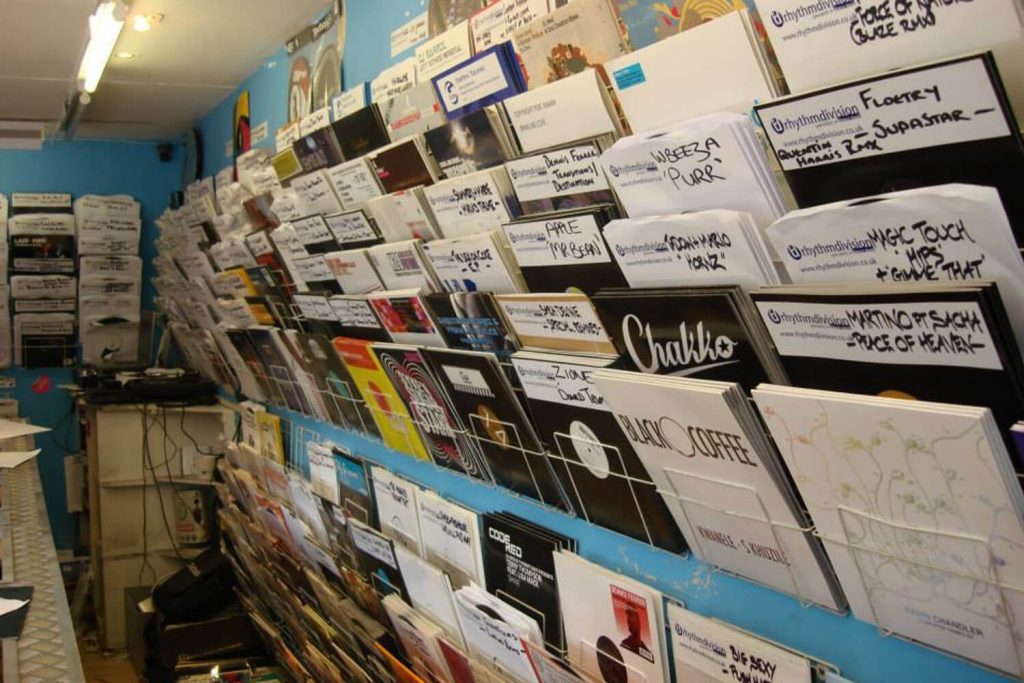
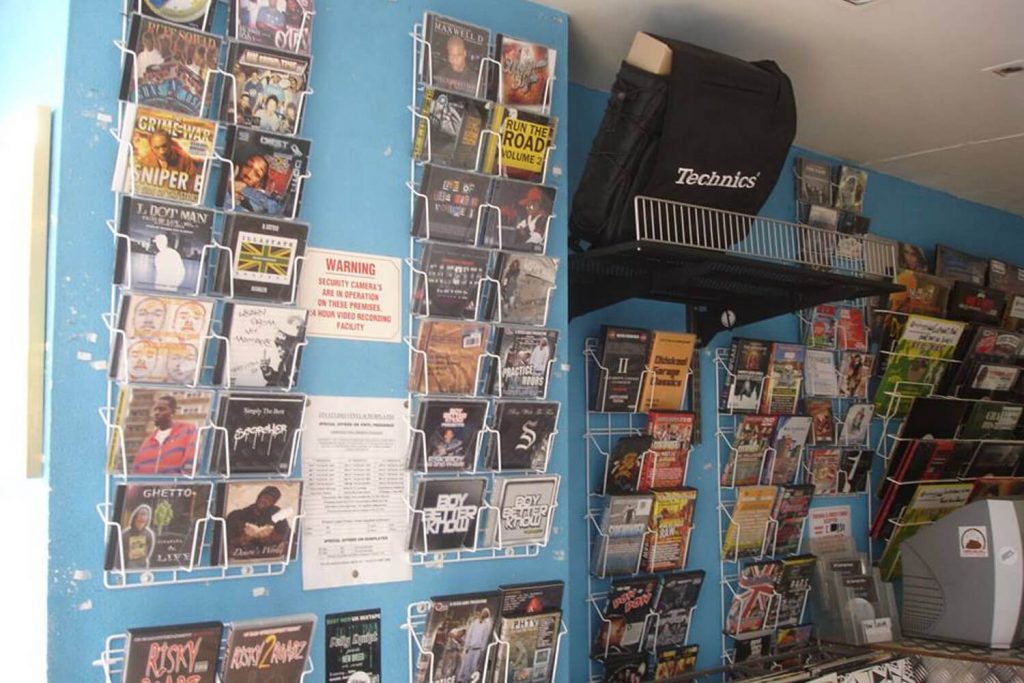
If you enjoyed this piece you may like our review of Inner City Pressure: The Story of Grime by Dan Hancox

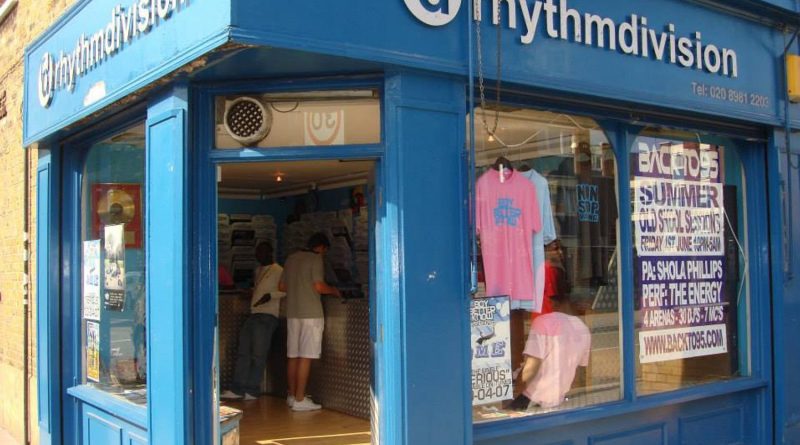
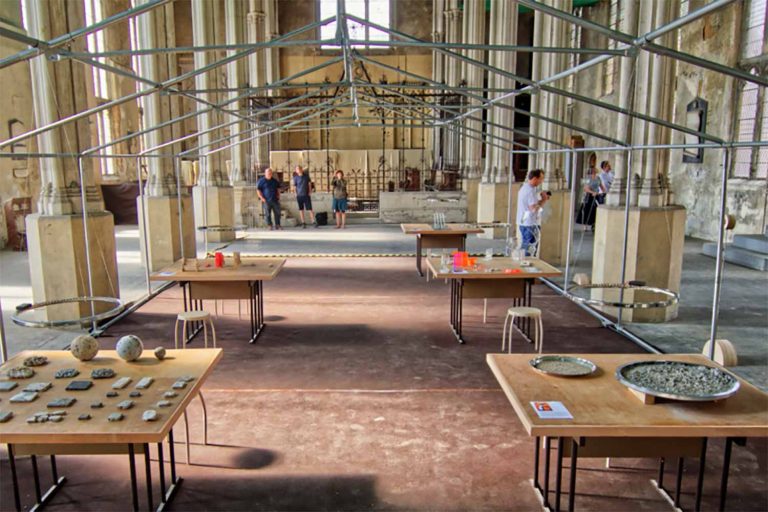






Why did Rhythm Division close?
Music moved online. White label records and dubplates were a key part of Rhythm Division’s business. Before the days of YouTube and Spotify that was how young artists shared their work. The internet cut out a lot of the need for physical copies and distribution, which was great for musicians trying to get their work out there but not so great for Rhythm Division.
It’s still active on Facebook and Twitter so you never know!